However, there are additional upsides to growing your food. People’s access to allotments is critical to learning and enjoying gardening, adopting better habits, making new friends, and building stronger communities. If you are new to tending an allotment plot, consider the following advice.
These days, allotment gardening is becoming an increasingly well-liked activity. This is because many individuals desire to cultivate their food without pesticides.
People also want to spend quality time with their families while engaging in an enjoyable activity outside in the fresh air and making meaningful social connections.
It is time to decide on the format that will serve your needs effectively. Therefore, keep an eye on these ten ideas for small garden allotments! You will find several ideas you can use to acquire the ideal allotment layout for you and your social circle. As always, Simphome curates you with the list.
10 Small Garden Allotment Video:
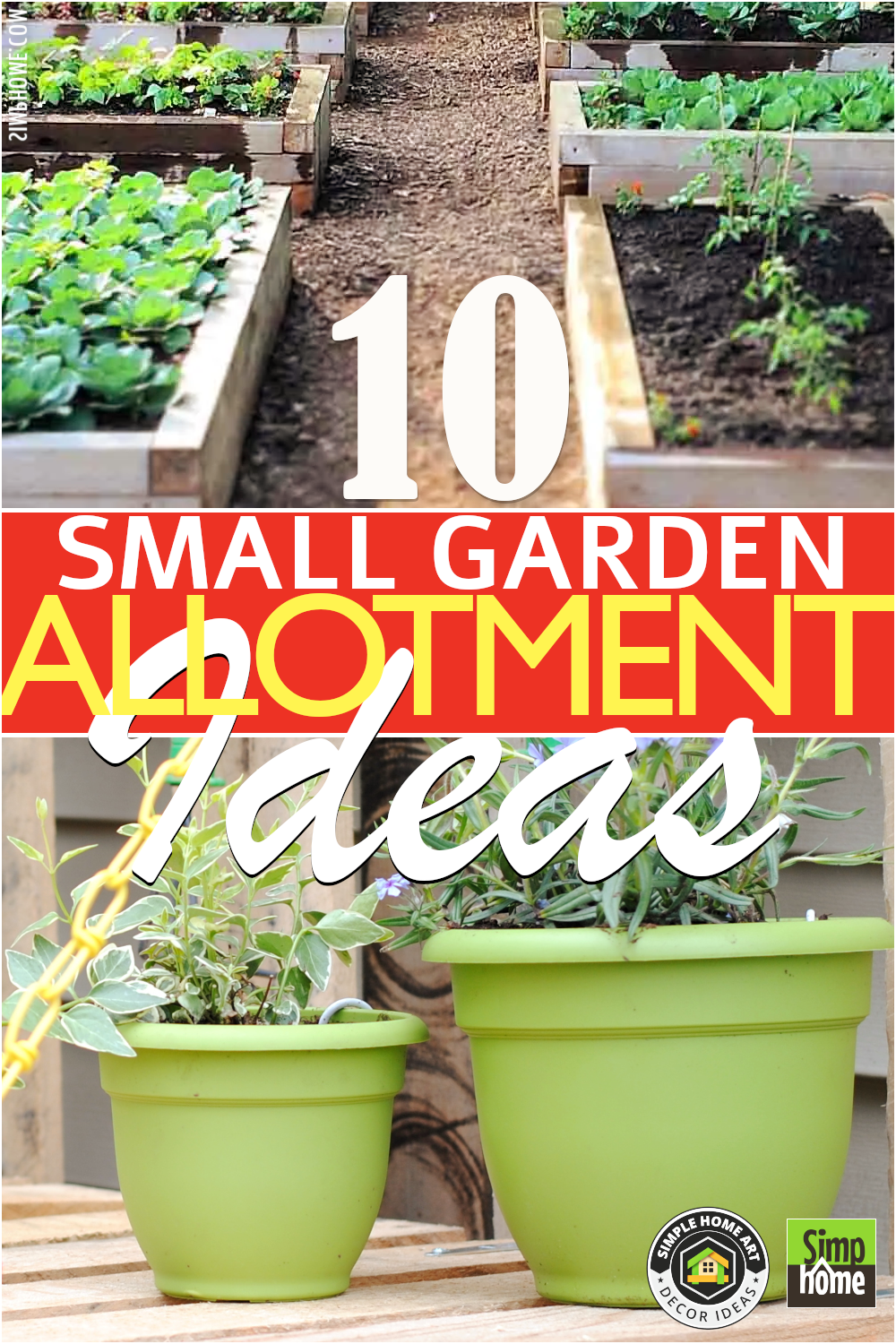
10. The Raised Bed Idea
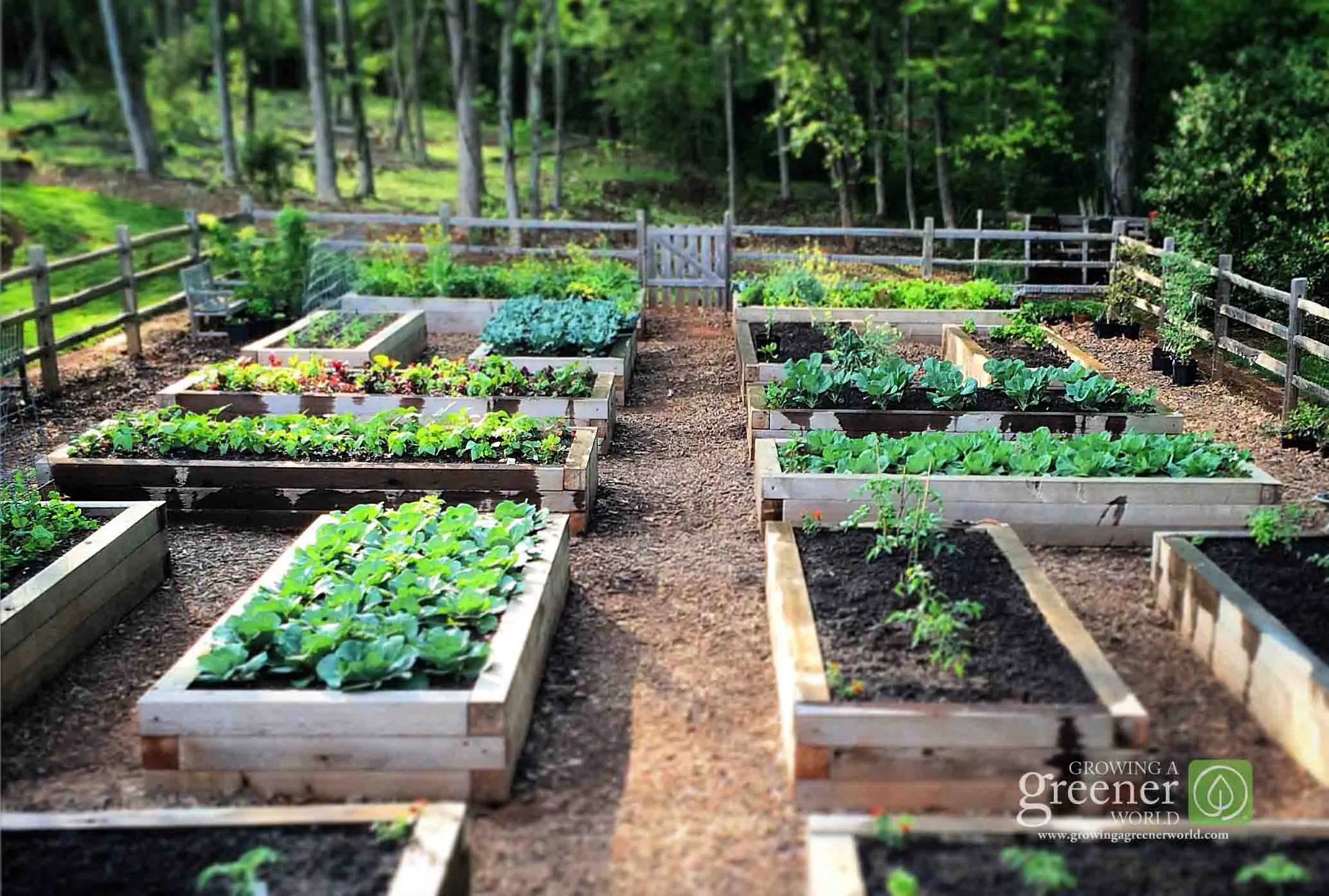 With raised beds, you can monitor the condition of the soil directly beneath your plants. An elevated garden bed is merely a mound of dirt or a box dug into the ground at a higher level than its surrounding area. The idea is to make the growth space nice, deep, and wide so that the roots of the plants can spread out. Plants in raised beds are more easily viewed for pest monitoring purposes. When the bed is enclosed, you may get down and dirty without worrying about ruining the overall form.
With raised beds, you can monitor the condition of the soil directly beneath your plants. An elevated garden bed is merely a mound of dirt or a box dug into the ground at a higher level than its surrounding area. The idea is to make the growth space nice, deep, and wide so that the roots of the plants can spread out. Plants in raised beds are more easily viewed for pest monitoring purposes. When the bed is enclosed, you may get down and dirty without worrying about ruining the overall form.
Do you have concrete walls surrounding your home, or do you live on hardpacked earth, heavy clay (like red Atlanta clay), fine-grained sand, or something else entirely? Maybe you’ve looked into it and found out that your native soil is contaminated with lead or anything else.
You can keep the plants’ roots away from the contaminated dirt below by elevating the garden bed. Using raised beds, you may cultivate without worrying about the condition of the ground underneath. It is possible to manage the quality and drainage of your soil by elevating your bed above the surrounding landscape. This means that anyone, anywhere, can have success cultivating a raised bed garden, regardless of the quality of the soil in which they begin.
9. Choose Low Maintenance Crops
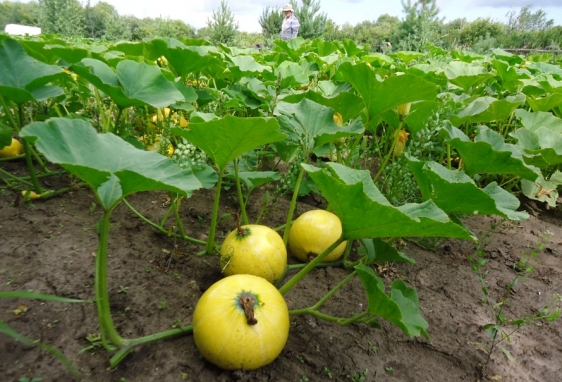 You shouldn’t spend all day on your allotment if you choose low-maintenance crops. Plants that won’t suffer or die if plucked late.
You shouldn’t spend all day on your allotment if you choose low-maintenance crops. Plants that won’t suffer or die if plucked late.
You simply need to water your allotment once every two weeks.
Submerging a bottle filled with water adjacent to the roots of your larger crops is one example idea to care for these plants.
The cultivation of crops that require less care can also be useful in the context of overseeing a bigger plot of land. Keep your intense relay areas to less than an acre and close to the house, and plant sprawling crops that can survive without your constant attention on the remainder of the land. The author harvested 4,000 pounds of squash and pumpkins, worth $7,000. It’s not terrible for a crop that basically took care of itself. Green and yellow beans, garlic, onions started from sets, and potatoes are some other low-maintenance plants.
8. A Small garden allotment with Multifunctional Garden Storage
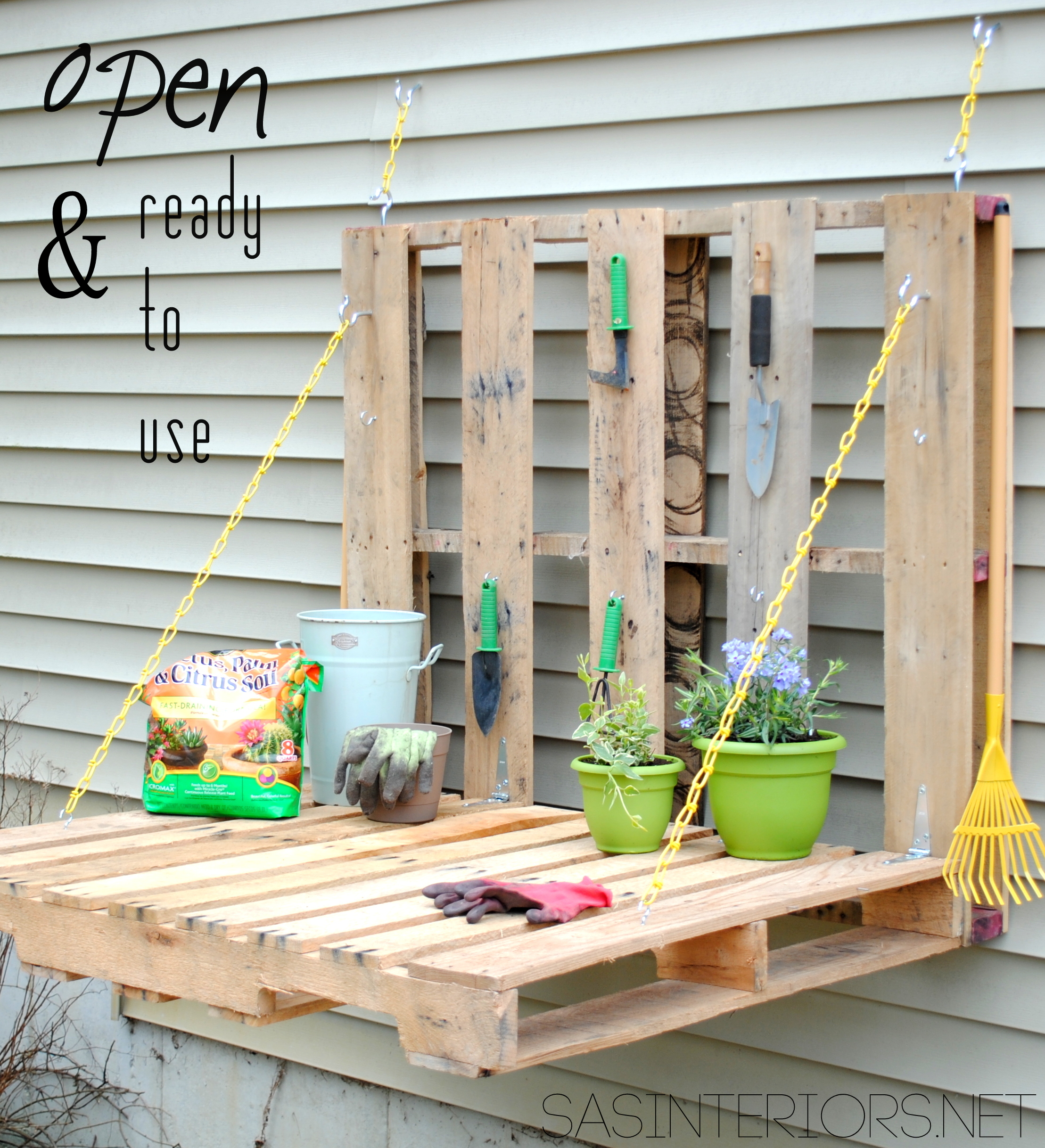 In order to keep your gardening equipment secure, you’ll need a designated area. The most secure place for the garden gear is often a humble small warehouse outfitted with pallet racks.
In order to keep your gardening equipment secure, you’ll need a designated area. The most secure place for the garden gear is often a humble small warehouse outfitted with pallet racks.
In addition to being a great place to store your tools and equipment, the space beside your shed would also make a great nursery for starting cuttings and seeds.
Using a multifunctional pallet station, like the one in the image, you can also simplify your gardening organization.
This gardening table made from pallets serves double duty, providing a convenient location for potting plants and storing gardening equipment.
To store it away when not using it, simply lift the horizontal pallet and hook it into the appropriate position.
7. A Small garden allotment with TRELLIS & RAISED GARDEN BOX COMBO
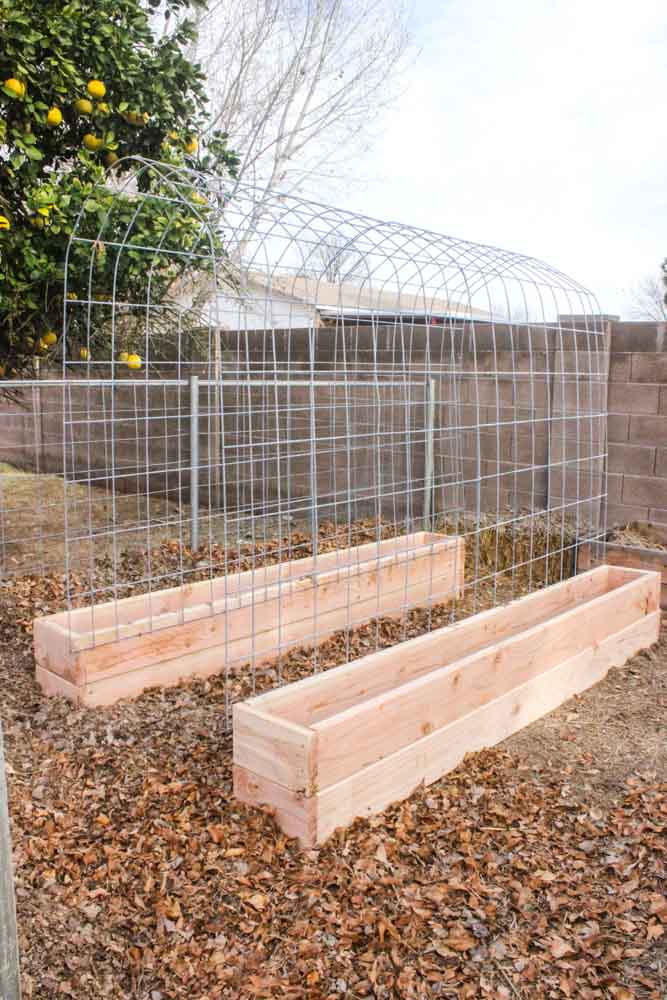 If you’re looking for a place to cultivate plants that don’t involve much soil work, look elsewhere.
If you’re looking for a place to cultivate plants that don’t involve much soil work, look elsewhere.
This combination of a trellis and a raised garden bed is the perfect answer.
If you don’t water too far down the raised boxes, Bermuda shouldn’t get any water access.
You will keep Bermuda at bay with the help of a foot of leaves and wood chips that we intend to pack around the arch.
Instructions in General
- Due to the double depth of the boxes, you will need to construct FOUR individual containers, TWO on each side.
- Take a single 2x8x8-footboard and see it into pieces 1 foot in length. You’ll have enough of these shorter pieces to finish constructing each box.
- Then, use a 1/8-inch drill bit to make pilot holes at both ends of each 1-foot piece following your mark.
You can modify the overall construction size, each box’s size, and the arch to suit your requirements.
6. A Small garden allotment with a Cold Frame (Acrylic or Classic one)
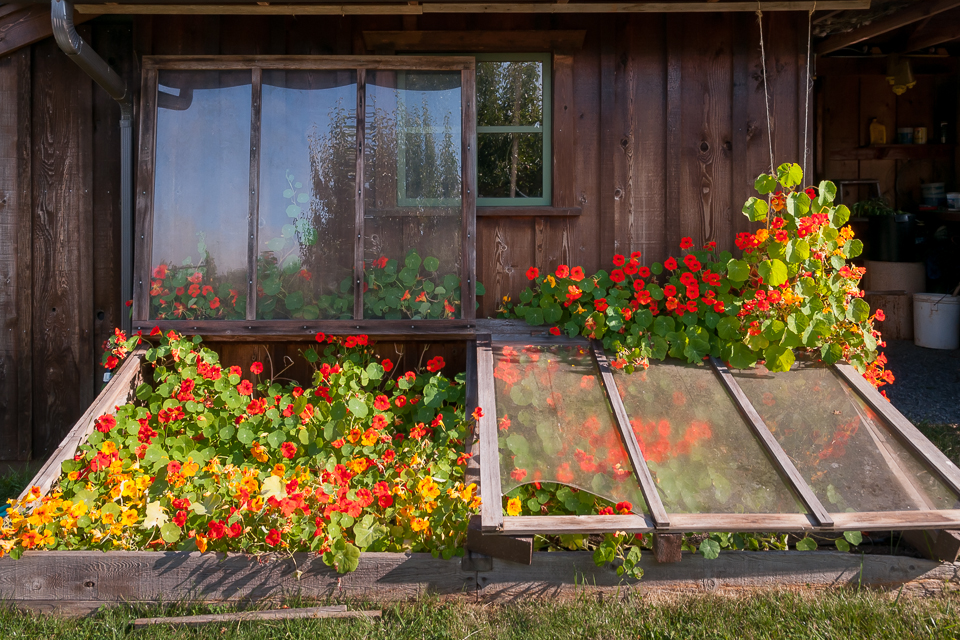
Do you often see cold frames used in allotments? They are an excellent way to soak up the sun’s energy and care for your crops in the colder months.
It resembles a greenhouse, but you cannot step on it. A cold frame is actually a box with a transparent cover or lid.
You plant seeds, rooted cuttings, or young plants directly in the frame before relocating them into garden beds. Sinking the cold frame into the land on one foot will also increase heat retention.
Early spring is the ideal time to build a cold frame and get plants like broccoli and tomatoes a head start before transferring them to the garden. Simply said, you can use cold frames year-round. Greens planted in the fall from seed or seedlings will survive in winter and early April. Mid-September greens planting yields December salad greens. When planted in the middle of November, this year’s arugula will provide us with fresh salads until the middle of February.
5. The Organic Potato Planter Idea for the allotment garden
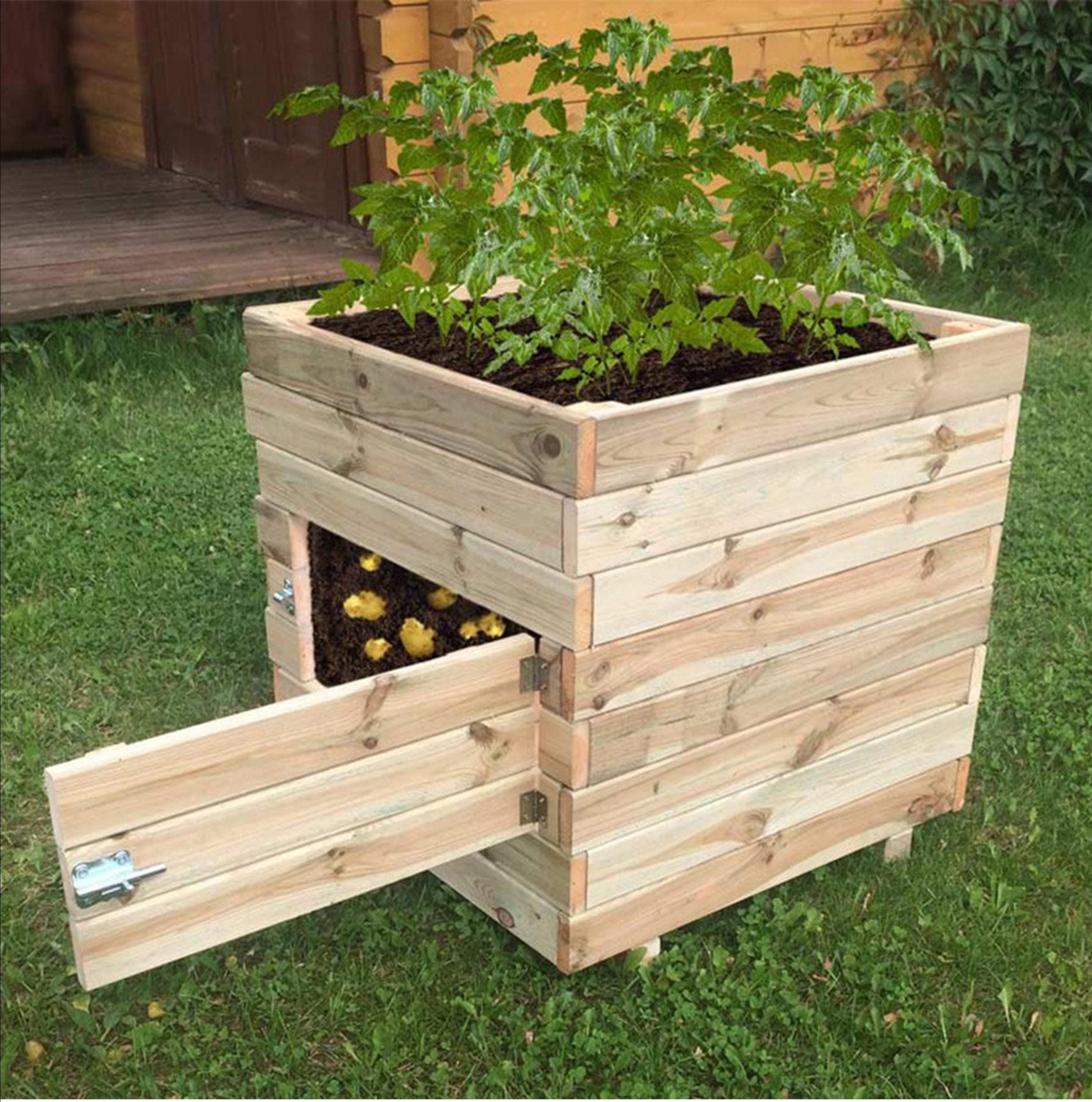 The pandemic has caused extraordinary food shortages. More people are growing food at home. As a gardener, you probably plant potatoes, one of America’s favorite veggies. You can grow potatoes and other vegetables without a garden.
The pandemic has caused extraordinary food shortages. More people are growing food at home. As a gardener, you probably plant potatoes, one of America’s favorite veggies. You can grow potatoes and other vegetables without a garden.
Horizon Design Studios in Georgia created this wooden potato planter to assist people in growing potatoes in limited spaces at home or on balconies. This 28-inch-high, 24-inch-wide, 24-inch-long potato planter is elevated. The planter’s bottom entrance makes harvesting potatoes easier.
Horizon Design Studios offers a PDF planter plan. Follow the instructions and assemble the wood slats, hinges, and clasp to seed potatoes. Beginner DIYers can assemble the planter with a building blueprint.
4. Compost Bins for the garden allotment
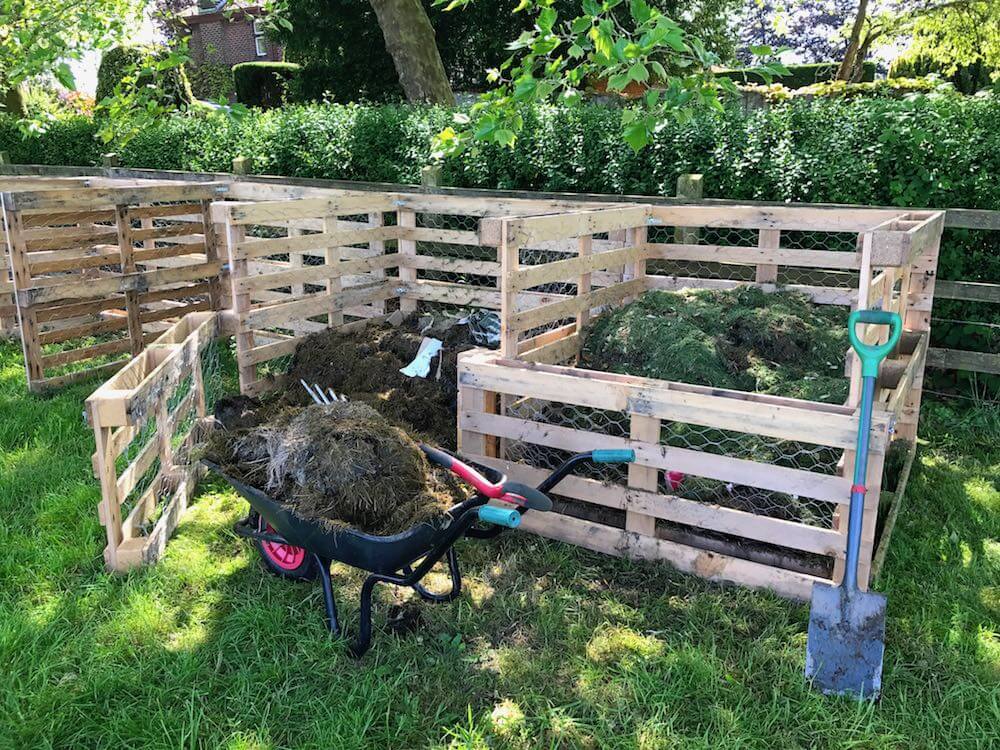 Making compost bins should be a part of your gardening at the allotment if you haven’t done it already.
Making compost bins should be a part of your gardening at the allotment if you haven’t done it already.
Like in the image, you can use each of the three compartments in this bay to store fresh waste, decaying matter, or finished compost.
Remember that you can only make hot, quick compost in open composting bins by turning the compost once every week.
FYI,
There are two primary approaches to recycling yard scraps. Composting can be done in two ways: hot composting (big scale) and cold composting (small scale) (larger scale).
‘Cold’ composting, which involves using a compact black bin, is another option. This is the same as the plastic containers sold at garden centers and on the internet. Cold composting is so named because there is never enough organic waste in the bin to reach a critical mass and generate a lot of heat. It takes about a year to use this strategy to get to the meat of the matter.
3. A small garden allotment with a Playstation section
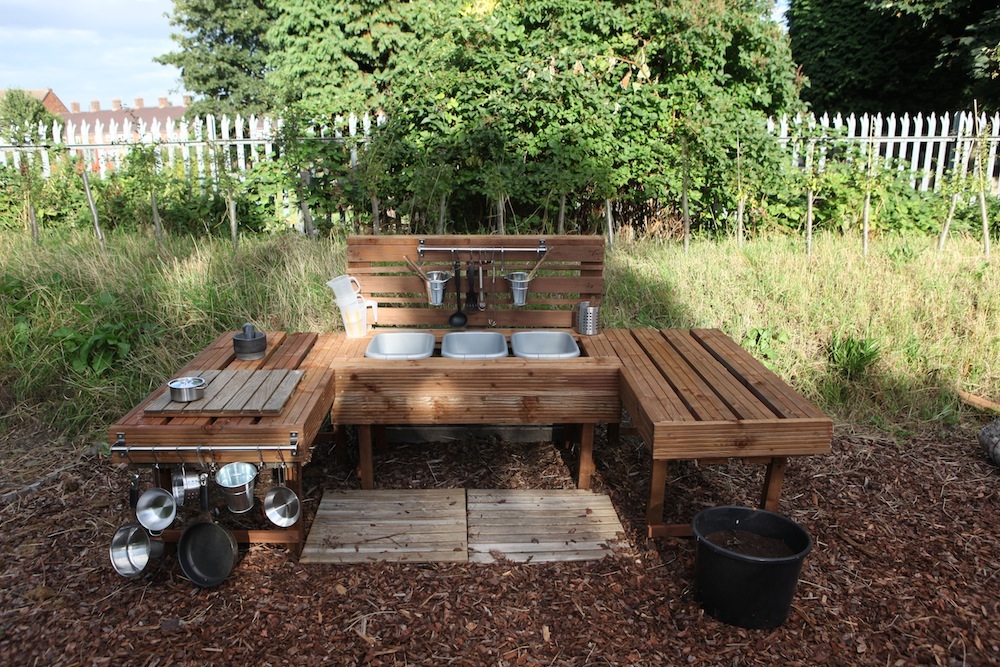 The whole family can form a close bond while working together in the allotment garden. However, if your young children are at an age where they are easily distracted, you might want to consider setting up a specific play area for them.
The whole family can form a close bond while working together in the allotment garden. However, if your young children are at an age where they are easily distracted, you might want to consider setting up a specific play area for them.
You may provide them with a container of sand or dirt, some gardening tools, outdoor kitchen utilities, and a sized bucket for a youngster so they can tend to their small plot while you are working.
2. Start Your Allotment from a Small
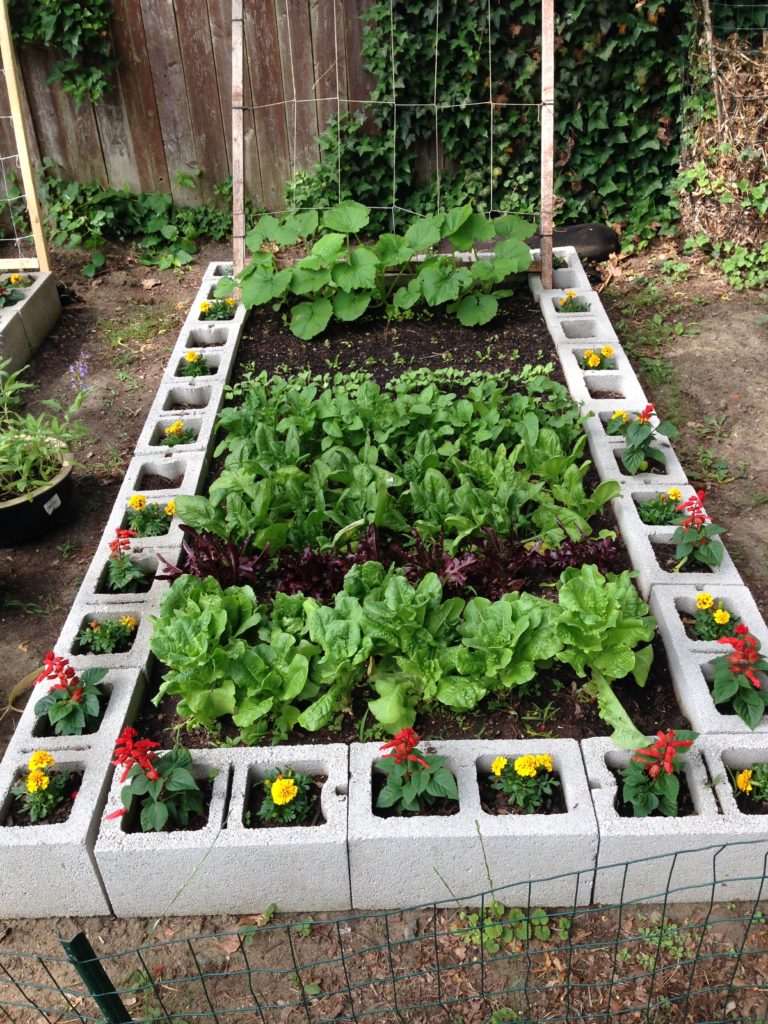 How many people do you think frequent the gym when it comes to working out? How many of us wish we’d start working out more regularly? The idea of exercising is brand new when you think about it.
How many people do you think frequent the gym when it comes to working out? How many of us wish we’d start working out more regularly? The idea of exercising is brand new when you think about it.
Moreover, a century ago, practically everyone had to work outside in the elements. The activity level was high enough. Since we spend so much time sitting, we have to pay to go elsewhere to compensate for our lack of physical activity. Or maybe we feel bad that we aren’t shelling out money to go somewhere to get the workout we need. Think about what it would be like to be a gardener.
To cultivate plants from scratch, you need to prepare a growing space. For example, this year, plant a tiny garden in a raised bed 4 feet by 4 feet (or, if you’re daring, 4 feet by 8 feet). Put in the things that will thrive in your area and that you will eat. One year you’ll be ready to plant a larger garden. Actually, you can never tell.
Companion Planting
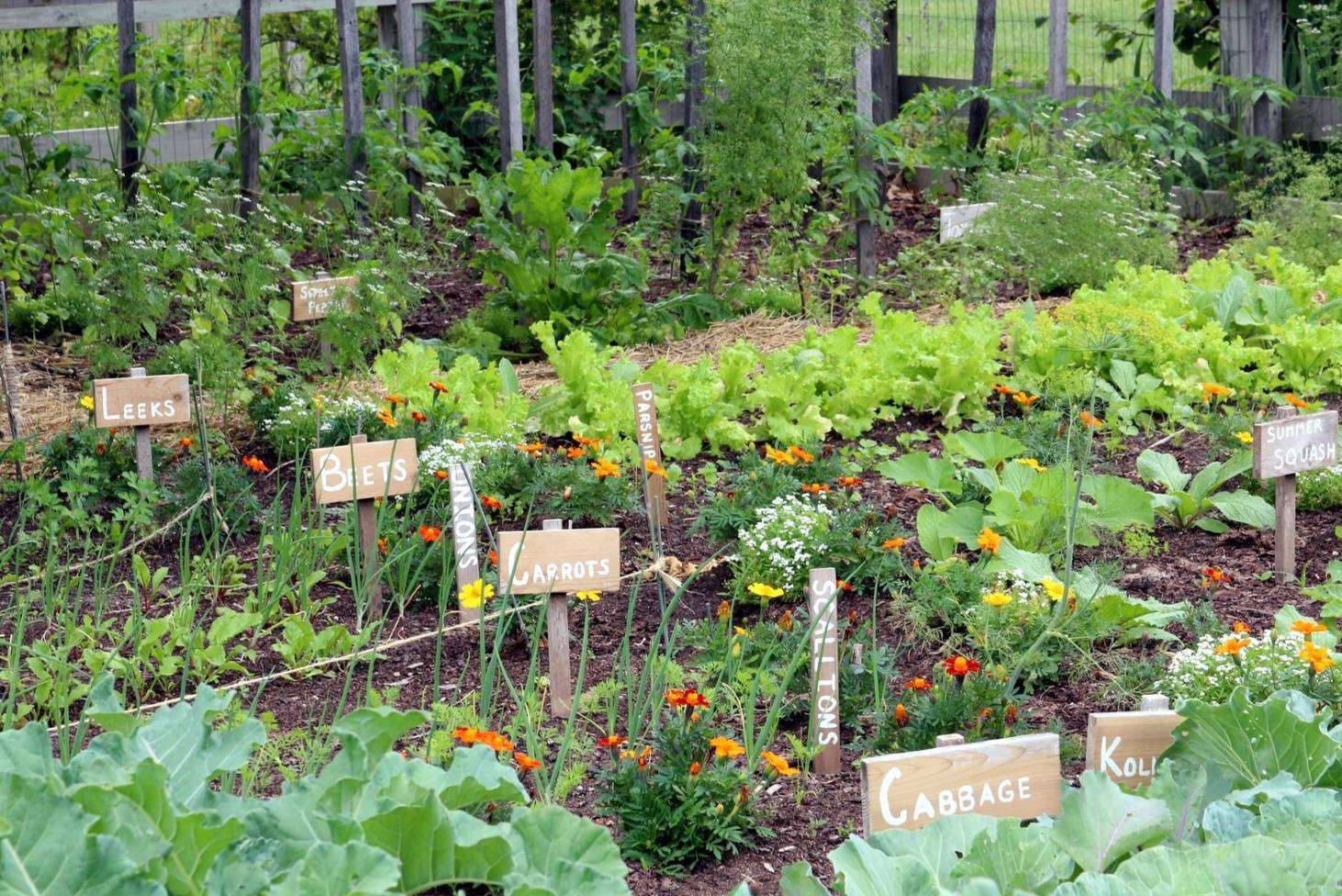 Basically, companion planting is the idea that some plants like to grow close together while others don’t. It’s all about completing plant connections and creating the most of your garden allotment space.
Basically, companion planting is the idea that some plants like to grow close together while others don’t. It’s all about completing plant connections and creating the most of your garden allotment space.
The advantages include better nutrient absorption, better pest management, improved pollination, and higher harvest.
On the other hand, growing members of the same plant family mean they will fight for soil nutrients.
So it’s best to spread them all over your plot (for instance, related plants like shallots, garlic, onion, and leek).
ZINNIA, BORAGE, CALENDULA, CHAMOMILE, COSMOS, LAVENDER, MARIGOLDS, and SWEET ALYSSUM.
References:
10. Joegardener.com
9. Backyardriches.com
8. Jennaburger.com
7. Weedemandreap.com
6. Pinterest.com, Lopezislandkitchengardens.com
5. Etsy.com
4. Gardenninja.co.uk
3. Fazeleypreschool.blogspot.com
2. Thishouseofdreams.com
1. Lavenderhomefront.com